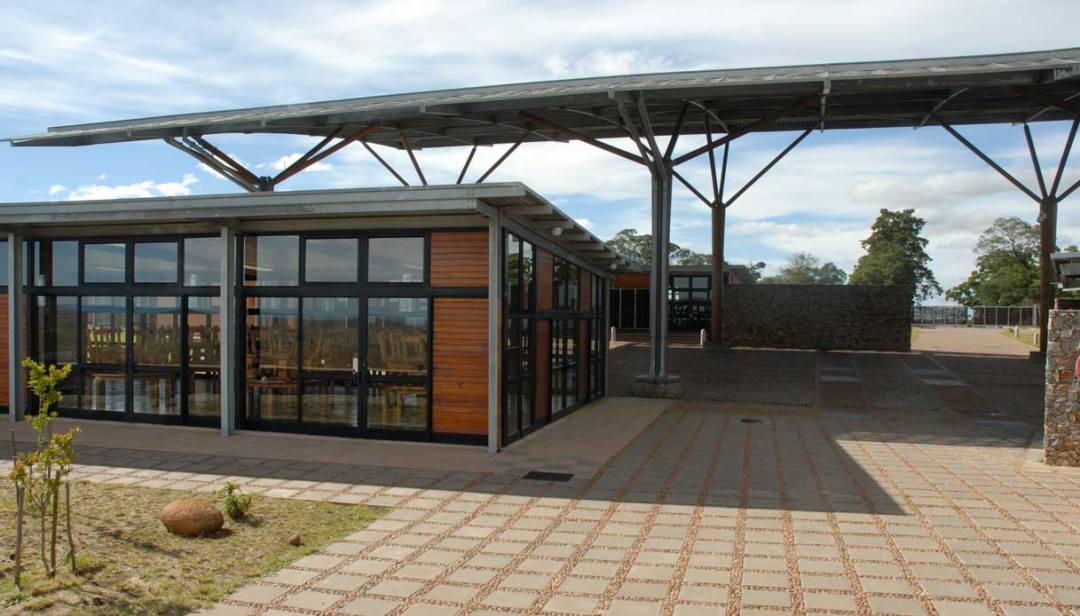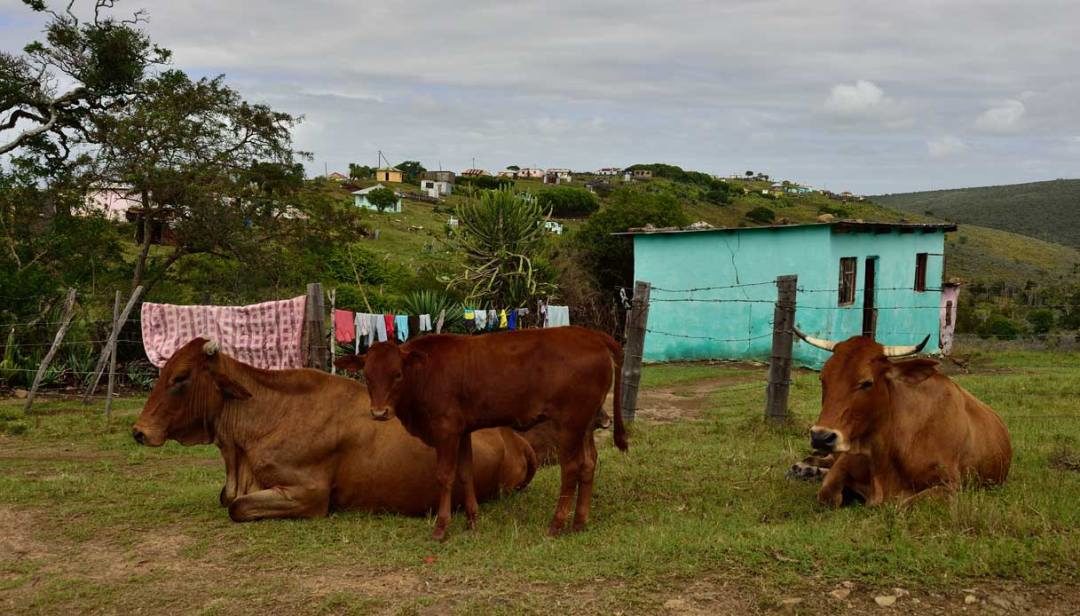To truly understand the importance that the figure of Nelson Mandela has had for South Africa and for the whole African continent it is essential to visit the village where he lived as a child.
Qunu has remained as it was in Madiba’s time – the nickname with which in Africa it is called the symbolic man of apartheid. Few tourists visit it. It only comes alive one day a year: July 18th, the date on which Mandela is born.
The village of Qunu is not on the road, you have to go there on purpose and drive for about three hours. It is located in the immediate hinterland of East London, in the Western Cape , halfway between Durbane Port Elizabeth, hidden among the hills.
Few houses sprout here and there in the village, surrounded by dry meadows where goats graze what’s left of the grass. Some are of masonry and have a round shape, typical of South African peasant houses, others are made of tin, but many are colorful and altogether cheerful. The main road is paved but as soon as you enter between the houses it is all a single dirt road. A rural village, in short.
Even few inhabitants, less than 300, many of them descendants of Mandela. There is still a clan leader who makes decisions for the whole community.
Most of the population of Qunu lives on agriculture, but in recent years someone has opened a tourist business : in private homes – especially in the round ones – small home restaurants and bed and breakfasts have been opened . In the latter case, there is often only one bed available.
With the arrival of curious tourists many of the inhabitants are opening their houses to guests and it is not certain that a few hotels will not rise in a few years.
For those who want to retrace the footsteps of Madiba, in addition to “breathe” his presence everywhere, you can also visit the open museum the Nelson Madela Museum , a beautiful brand new building built on top of the hill. From here it is organized by the only official guide a tour of the village and of the symbolic places, such as the elementary school attended by the small Nelson, the stone from which he loved to slide using a simple cartoon – all the tourists want to try! – up to the house (a beautiful masonry villa) where he retired and which is located on the border with the nearby village of Mvezo.

